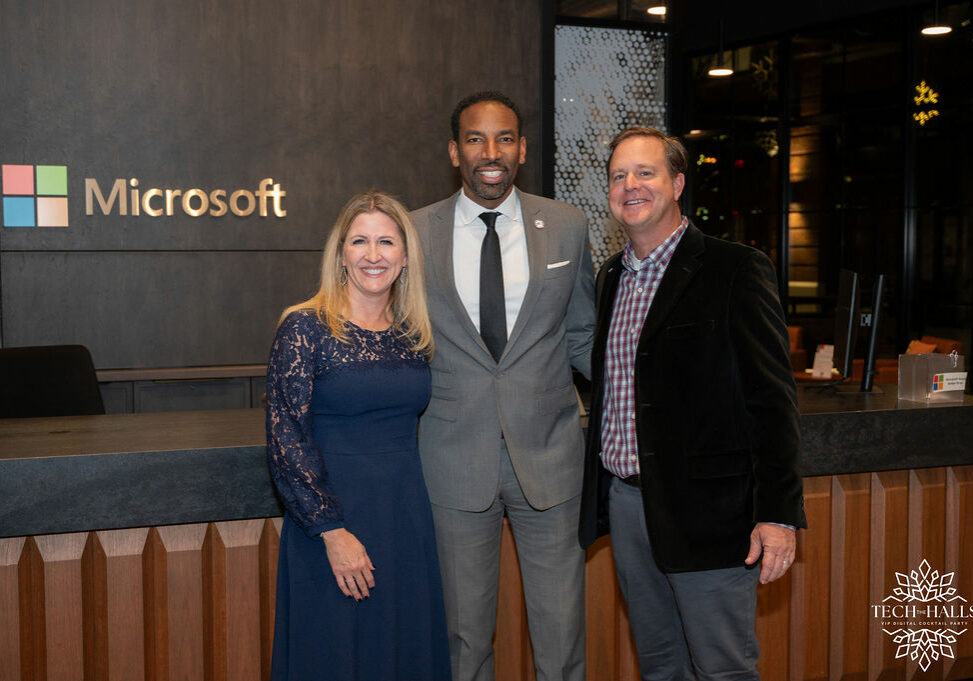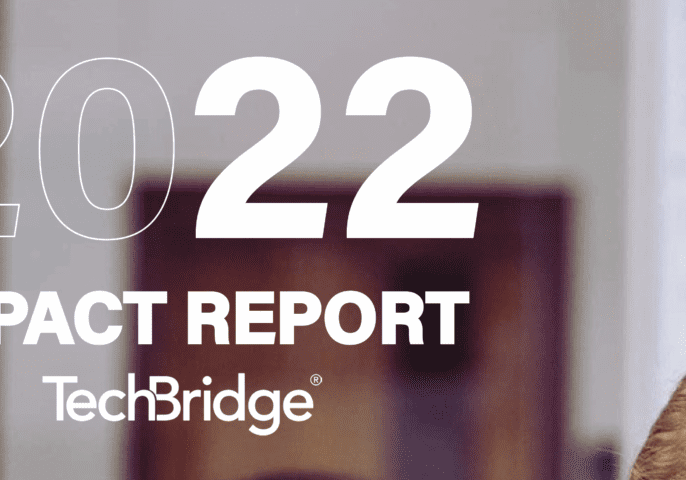Array
Data entry. That’s what Cheryl Campbell thought she was doing when she started working at Purple Heart Homes, a nonprofit providing housing solutions for Service Connected Disabled Veterans. But it didn’t take Cheryl long to realize what she was really doing: filing requests to restore dignity.
Cheryl entered the data that spelled out the nature of the soldiers’ injuries, the history of their service, and the indignities they were suffering in their post-service lives.
She typed into her computer fields:
Wheelchair won’t fit, needs to crawl to the bathroom. Double leg amputee with diabetes, can’t come home from hospital until ramp installed.
There was a lot of data to input, and it took a lot of time. It took even more time to make sense of — and respond to — the data.
In when I started, we completed 15 projects. This year we are on track to complete close to a hundred, Cheryl said of the system’s benefits.
— Cheryl Campbell, IT Manager, Purple Heart Homes
While the data was sorted and routed and the solutions proposed and organized, the men and women who served our country crawled from their wheelchairs to their inaccessible bathrooms. They languished in hospitals because their rampless, carpeted homes could not accommodate them in their new, limbless state.
The Transformative Power of Data
Cheryl knew the data management system needed to do more. So when Purple Heart Homes received a grant from The Home Depot Foundation to expand and improve their database, she fully understood the transformative potential of adopting our Salesforce system.
In when I started, we completed 15 projects. This year we are on track to complete close to a hundred,
Cheryl said of the system’s benefits.
That’s a huge amount of growth in just four years. Why has Purple Heart Homes been able to make such huge strides in such a short amount of time? Cheryl explains that Salesforce allowed the organization to make a shift from simply storing data to truly utilizing, analyzing, and sharing it.
Through this new system, Purple Heart Homes can not only track applications from request to project finalization but also flag those with missing information for follow-up and prioritize those with time-sensitive or urgent needs.
It’s not just about having a bird’s eye view of the people the organization is serving; it’s also about better understanding the people providing the financial support to make those services possible. With the Salesforce system, the CFO on his way to a meeting can quickly pull up data to see what donations have come in. Who pledged? Who delivered? How much? When? Who are the top donors today? Who were they five years ago? Having this information ready helps Purple Heart Homes target fundraising communications and requests.
Additionally, the new system enables recurring monthly giving, making it easier for funders to make a long-lasting commitment. And if a sponsor has a request to support a veteran in a certain geographic region, the new system can search for the right match.
The shift to Salesforce hasn’t only helped maximize Purple Heart Homes’ reach, but the speed with which it is able to provide support.
The first case that comes to Cheryl’s mind is Lloyd Karratti, who retired as a Navy Hospital Corpsman, First Class, after 20 years of service (including during the Gulf War). Mr. Karratti now lives in Jacksonville, North Carolina with his wife (and caregiver) and has four grown sons, Cheryl explains. Lloyd uses an LVAS to help pump blood throughout his body and came to Purple Heart Homes with an urgent need for a generator to keep it running during power outages.
From his first inquiry to the final propane hook-up for the generator, his request was fulfilled in six months.
Being able to help [veterans] is amazing. It makes you want to come to work every day knowing that you can make a difference. Maybe you’re not having such a bad day. You can still walk into the bathroom. You can walk out of your house and go down the steps.
— Cheryl Campbell, IT Manager, Purple Heart Homes
To you that might sound like a long time but most of our projects take anywhere from 1 to 1½ years to go through the full process,
Cheryl says. Because of the processes that were implemented by us, Lloyd became visible to several people in the organization from the beginning as a project that would need a quick response. It also allowed the Purple Heart Homes applications specialist to easily track and follow up on all the documents required to complete the application.
We can’t forget about these veterans,
Cheryl urges. They think they are okay when they get out, but now, 20 years later, they are seeing and feeling the impact of their military service on their bodies. Being able to help them is amazing. It makes you want to come to work every day knowing that you can make a difference. Maybe you’re not having such a bad day. You can still walk into the bathroom. You can walk out of your house and go down the steps.
While Cheryl is passionate about helping veterans with their physical needs, she emphasizes the importance of their emotional needs, too.
A big piece of what we do is letting these veterans know the community cares. They can carry it forward. A lot of them will come together and help on another project for another veteran. It’s amazing seeing the healing that happens when they realize they’re not the only ones,
Cheryl explains.
She recalls one veteran who was married with three young kids. He had all sorts of medical issues, including PTSD, back problems, and anxiety. He wasn’t comfortable around big groups,
Cheryl says. At the Mission Complete party the organization threw for him at the end of his project, he sat in a corner by himself. Later though, Cheryl said he started visiting the warehouse, helping out with other veterans’ projects and really started to come out of his shell.
Now,
she says with awe, he’ll walk up to you and give you a hug. He never would’ve done that before. That’s why I’m here. That’s why all of us do what we do.
Inspired by Cheryl’s story and how Purple Heart Homes and TechBridge worked together to improve Lloyd and other veterans’ lives? Let’s talk about how your nonprofit can do more good and improve more lives in the new year.
Photo by Revena Belveal Angerstein on Unsplash




